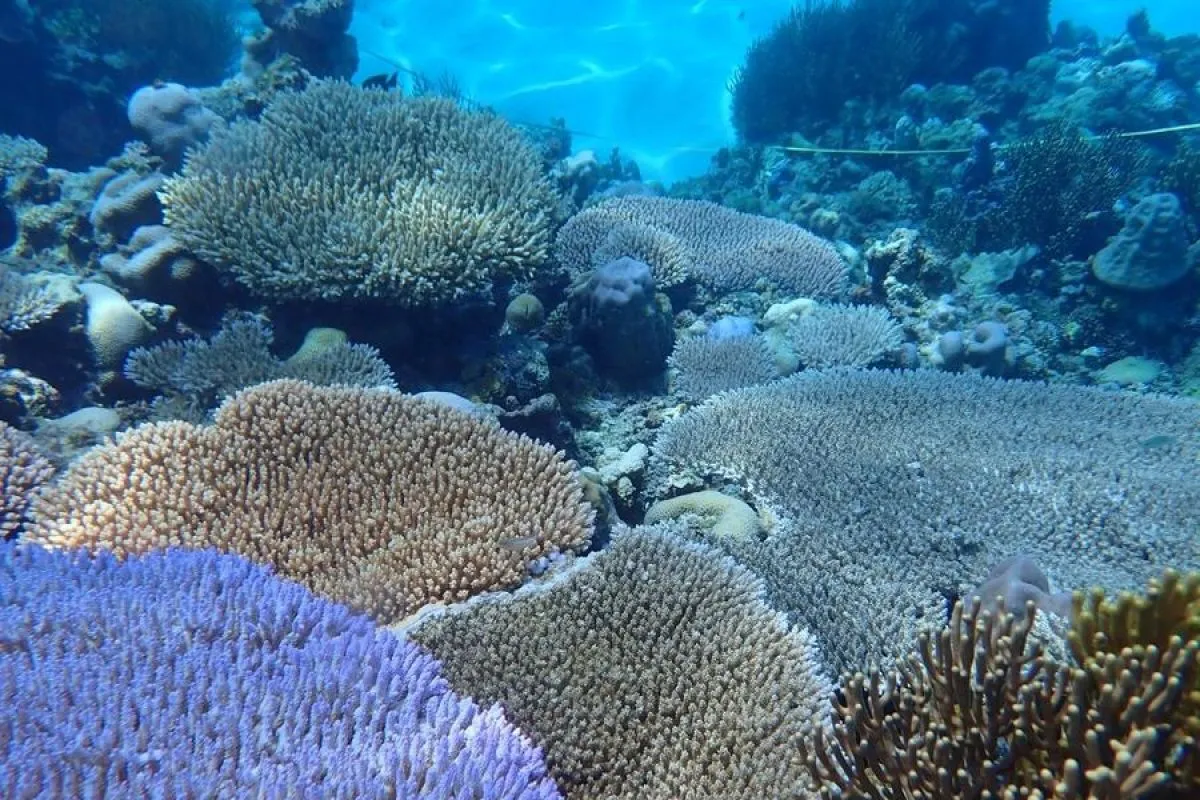VOINews, Solomon: Scientists have uncovered the world’s largest known coral in the southwest Pacific, a stunning marine giant located near the Three Sisters islands in the Solomon Islands. The massive coral, measuring 34 meters wide, 32 meters long, and 5.5 meters high, was found by marine scientists from National Geographic’s Pristine Seas team.
The solitary coral, made up of nearly one billion individual polyps, is estimated to be 300–500 years old. Researchers believe the coral, belonging to the species *Pavona clavus*, has survived centuries of natural challenges, making it an extraordinary ecological discovery.
“This is one of the most significant scientific findings in marine biology,” said Enric Sala, National Geographic Explorer in Residence. The discovery not only highlights the biodiversity of the region but also underscores the urgent need for conservation efforts.
The coral is reportedly in healthy condition but remains at risk due to global warming. “Despite its remote location, this coral is not immune to the impacts of climate change and human activities,” Sala warned. Rising sea temperatures and ocean acidification are among the major threats to the coral’s survival.
Interestingly, the coral was initially mistaken for a shipwreck by the team. Underwater cinematographer Manu San Felix dived 12 meters to examine it closely and confirmed it to be a solitary coral structure, much to the team’s amazement.
Further studies revealed that the coral provides a crucial habitat, shelter, and breeding ground for various marine species. This highlights its ecological importance in maintaining the marine ecosystem in the area.
Solomon Islands Prime Minister Jeremiah Manele praised the discovery, emphasizing its significance for future generations. “This remarkable coral reinforces the need to protect our coral reefs, which are vital to the health of our oceans and our livelihoods,” he said.
The discovery has sparked calls for stronger marine conservation measures. It also serves as a reminder of the resilience of marine ecosystems and the collective responsibility to preserve these underwater treasures from the growing impacts of climate change./ANTARA/VOI




